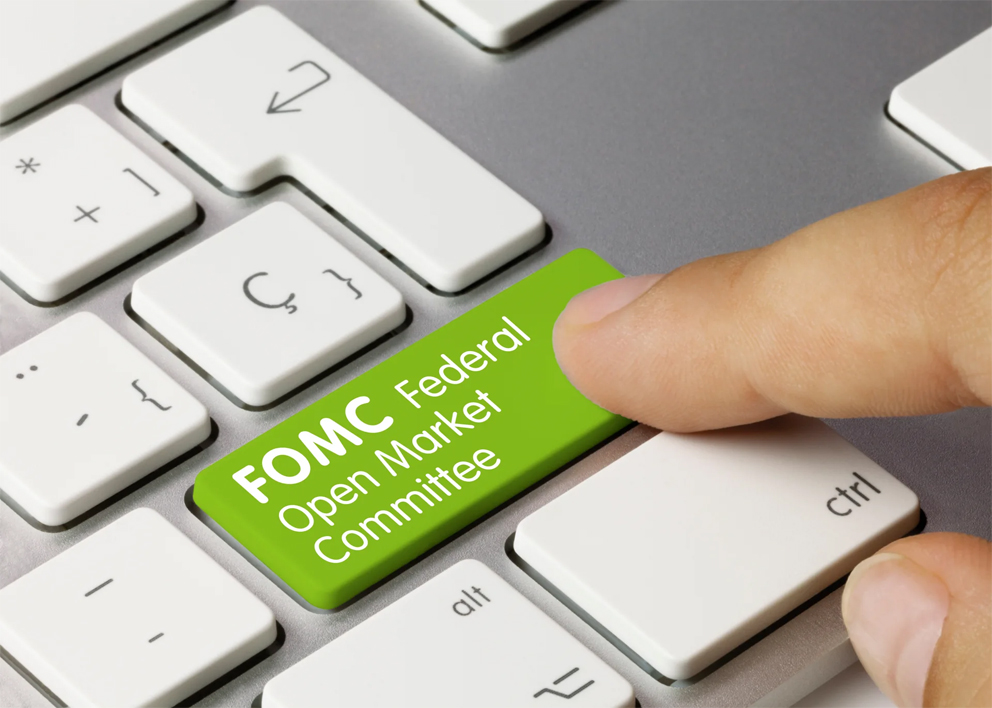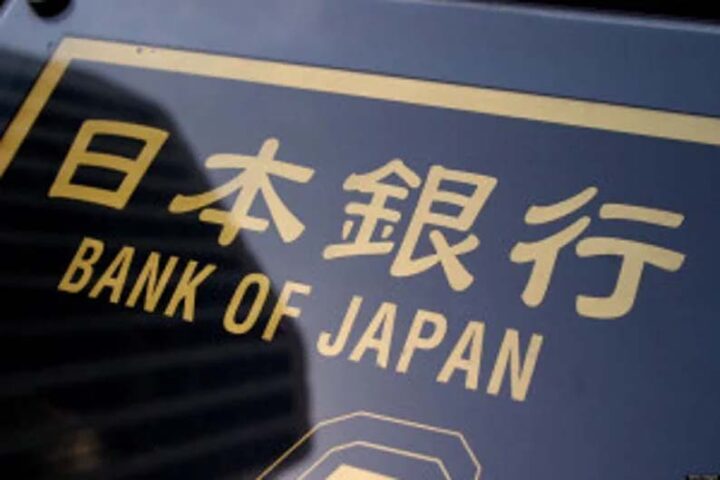By Craig Erlam
Equity markets pushed higher on Wednesday, buoyed by softer yields and some promising PMI revisions in Europe.
It appears investors are increasingly coming around to the idea that central banks will be forced into cutting rates earlier than previously anticipated in order to support their economies.
They also seem to anticipate inflation will subside faster than previously thought, which would be welcome if true after a year of overshoots.
This is a position that will probably change a lot in the coming months, but it’s boosting risk appetite in the first week of the year. You just have to wonder how much resilience economies have in the interim to weather the cost-of-living storm.
This is where the other data points will become increasingly influential.
The PMIs Wednesday morning, for example, were largely contractionary, but only marginally so and the upward revisions for Germany, France, Italy, Spain and the EU bloc as a whole will offer some encouragement.
We’ll have a lot more clarity by the end of the first quarter in a number of ways from the path of inflation, terminal rates, and the ability of economies to continue to withstand those pressures.
It will no doubt be a whirlwind quarter, but one after which the rest of the year could look more promising. Or maybe this optimism is just a hangover from all of the festivities.
Fed minutes eyed
There’s plenty more to come later Wednesday that could dampen the mood, most notably the Fed minutes from the December meeting.
The U.S. central bank is determined to reinforce its hawkish stance on investors and prevent an unwanted loosening of financial conditions and the minutes could be another opportunity to do so. Whether investors will be in the mood to listen is another thing.
And then there are the ISM manufacturing PMI and JOLTS job openings, both of which have the potential to shake things up during such an uncertain period. It promises to be a very interesting second half of the week.
Oil slide continues amid uncertain China outlook
Crude oil prices tumbled again, hit it seems by the uncertain near-term economic prospects for China amid surging Covid cases. While reliable data is hard to come by, it appears that there’ll be significant disruption in the coming months and then a recovery from around the middle of the year which should boost demand.
Brent has slipped below $80 a barrel, while WTI has fallen below $75, both now only 5% from the December lows. Despite this, the medium-term prospects still appear quite bullish, especially if China can bounce back strongly later this year and fully transition to living with Covid, like much of the rest of the world.
Of course, Russia remains the wildcard in all of this, both in terms of its output and influence within OPEC+.
Gold gathers momentum
Gold is charging higher again buoyed by lower yields and a softer dollar. The yellow metal was running on fumes into the end of the year, but appears rested and revitalised at the start of 2023.
Not only is it rallying, but it’s also building momentum, something that was lacking towards the end of December. Of course, whether that will be sustained will depend on the Fed minutes and, maybe more so, Friday’s jobs report.
We’ve had many setbacks over the past 12 months, but who knows, maybe 2023 will be the year of positive surprises. Or perhaps that’s all the festivities talking again.
BTC cautiously higher
There isn’t much to add on the bitcoin front. It remains in consolidation, buoyed slightly by better risk appetite in the market, but still in the $16,000-17,000 range. A move above here is possible if risk appetite remains positive, but I’m not sure traders will get too carried away.
Headwinds remain significant for cryptos and it may take some time for traders to get back on board.
Craig Erlam is Senior Market Analyst, UK & EMEA at OANDA
Opinions are the author’s, not necessarily that of OANDA Global Corporation or any of its affiliates, subsidiaries, officers or directors. Leveraged trading is high risk and not suitable for all. Losses can exceed investments.







